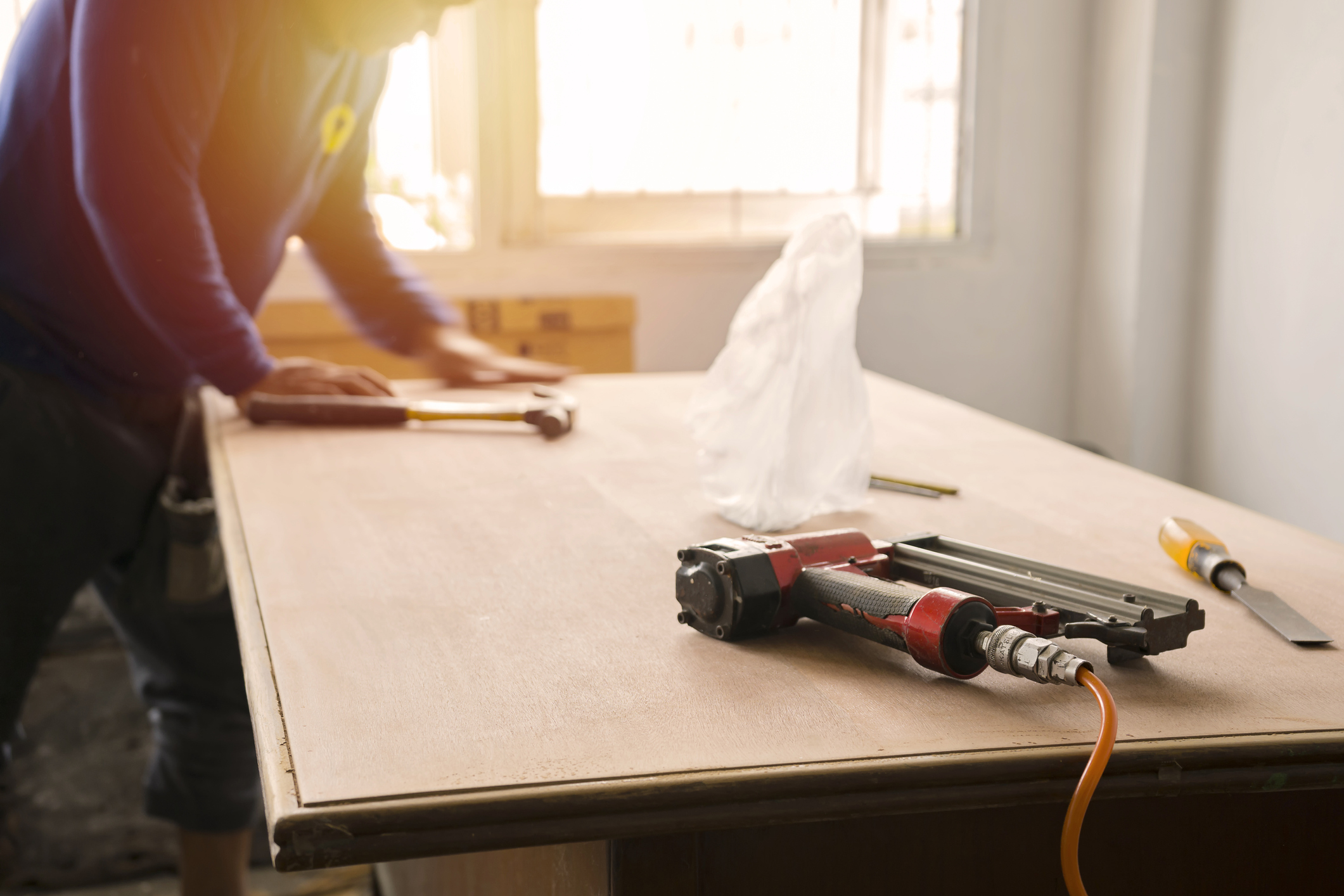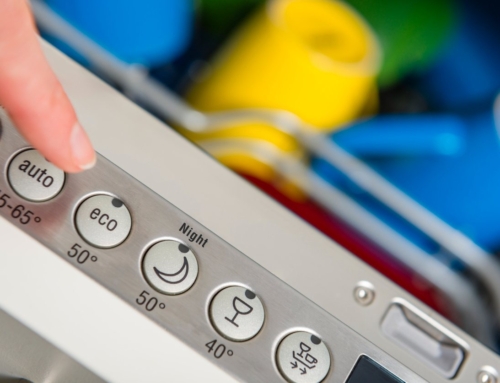Looking to update your home decor? Try used and thrifted furniture. Old wood furniture is sturdy, inexpensive and, even better, environmentally friendly. Reusing existing products reduces waste and gives a piece of furniture new life, sparing it a trip to the landfill and reducing demand for manufacturing new items.
You can find old wood furniture at thrift stores, yard sales, or maybe in your own basement. These pieces of furniture may be functional and sturdy, but without a bit of elbow grease, they may have an outdated look that doesn’t fit in with the rest of your home. Or maybe they have a few scrapes and dings. If you’ve found a great used table, chair, cabinet, or other piece of furniture, you might wonder how to refinish wood furniture without stripping, or how to refinish furniture without sanding. Stripping and sanding take a lot of time and work, but luckily, there are other options. Let’s take a look at how to refinish wood furniture.
How Much Does It Cost to Refinish Wood Furniture?
Refinishing thrifted wood furniture is one of the most inexpensive ways to add a quality piece of furniture to your home. If you pay someone else to do the project for you, it might cost anywhere from $100 to $600, depending on how big the piece is and what kind of condition it is in. If you decide to do the project yourself, you only need to pay the cost of the materials, all of which you can find at your local hardware store.
Here are the materials you need to refinish your wood furniture, with their approximate costs:
- Paint or wood stain (price depends on type, quality, and quantity needed)
- Clear protective coat (price depends on type, quality, and quantity needed)
- Painter’s tape ($4 per roll)
- Paintbrush set ($10)
- Nitrile gloves (a few cents per pair)
- Sandpaper pack ($6)
- Orbital sander (around $60)
- Tarp ($10)

How Can I Refinish Furniture without Sanding?
Typically, when you’re preparing to paint or refinish old furniture, sanding is an important step. It removes the old coat of stain or paint and makes it easier for the new finish to stick to the furniture, giving it a glossy, finished look. But sanding is so time-consuming, messy, and potentially expensive—depending on the size of your project, you’ll need to buy or rent an orbital sander. These obstacles leave many wondering how to refinish furniture without sanding.
If you’d like to avoid sanding, you have a few options.
Chalk Paint
Along with its characteristic matte finish, chalk paint’s claim to fame is its promise of no prep work required. Chalk paint creates a trendy look in painted furniture and is affordable and easy to use, with adhering power that lets you bypass the sanding and stripping stage without sacrificing quality.
Mineral Paint
Another no-prep option, mineral paint is so durable that it doesn’t need to be finished with a topcoat. The final result is an adhesive paint that is waterproof and stain-proof.
Bonding Primer
A quality bonding primer will adhere to even glossy surfaces, creating a new canvas ready for a fresh coat of paint. Plus, it blocks out the color of the original surface when you paint over it.
Liquid Sander
Liquid sander, also known as deglosser, causes a chemical reaction when applied to the surface of furniture, making it grip the new coat when you paint it on. This product is best used in well-ventilated areas.
Wax Remover
If your wooden table or other piece of furniture has a wax coating, you can use a spray wax remover to take it off and make the surface less glossy and more adhesive to a wood stain.
Touch-Up Marker
If you are refinishing rather than painting your furniture, you can buy a touch-up marker in a similar shade to the wood stain to fill in any dents or scuffs on the surface.
Is It Better to Sand or Strip Furniture?
Deciding whether to sand or strip wood furniture depends on how you plan to finish it. Sanding uses sandpaper or an orbital sander to remove the existing coat, while stripping uses chemicals to even up and remove the surface. If you’re just going to paint the wood, sanding is a great option, as is one of the no-prep suggestions above.
However, a chemical stripper is best if you want to remove a coat of paint, change the color or shade of the wood, or if the wood is pretty beat up or has a lot of nooks and crannies. In these situations, sanding simply won’t cut it—a chemical stripper is needed to prepare your furniture for refinishing.
Can Veneer Furniture Be Refinished?
Veneer furniture isn’t solid wood, but it has a thin layer of wood around the outside to make it look nice. Just as with any wood, this thin layer can get scratched up over time. Luckily, veneer furniture can be refinished, so long as the veneer is not too thin. If you choose to sand or strip, be careful not to remove too much of the surface.
Reusing old furniture is an eco-friendly way to redecorate your home. For more ideas on how to live more sustainably, contact Spring Power and Gas.




![Top 11 Sustainable Building Practices for Eco-Homes [Plus 5 Sustainable Materials]](https://springpowerandgas.us/wp-content/uploads/2023/02/iStock-181062267-500x383.jpg)

